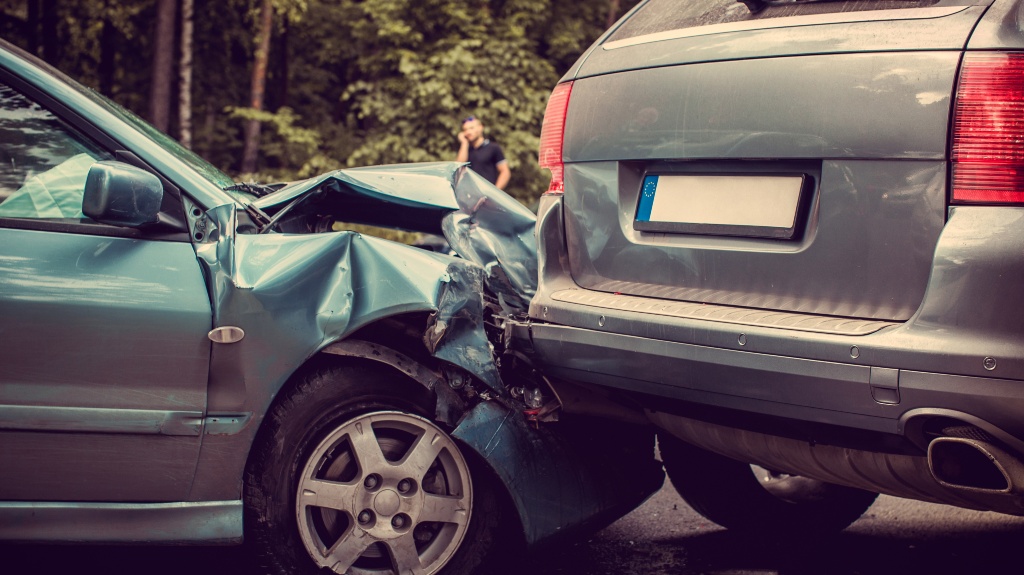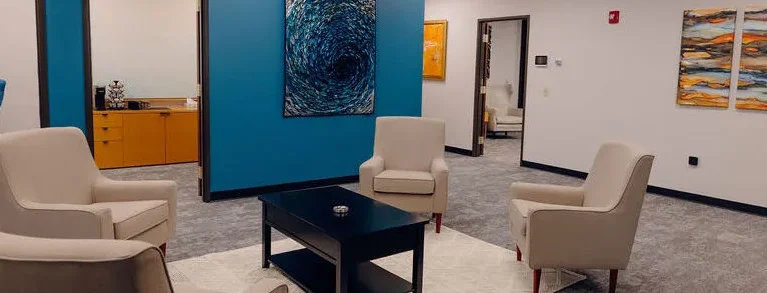How to Prove Fault in an Ohio Car Accident Case
When you are involved in a car accident in Ohio, one of the most crucial steps in pursuing compensation is proving fault. Establishing who was responsible for the accident can significantly impact the outcome of any claims or lawsuits that follow. Ohio follows an at-fault system, meaning the party deemed responsible for causing the accident is liable for the damages.
At Kitrick, Lewis & Harris, our Ohio car accident and personal injury attorneys know how to investigate your case effectively and pursue the financial compensation you deserve. Get in touch today to learn more about how we can help.
1. Gather Evidence at the Scene
One of the most important steps after an accident is to gather as much evidence as possible. This includes:
- Photographs: Take clear photos of the accident scene, vehicle damage, skid marks, traffic signals, and any other relevant details.
- Witness Statements: If there are any witnesses, gather their contact information and statements regarding what they saw.
- Police Report: Call the police to the scene and obtain a copy of the police report, which can provide an unbiased account of the incident.
2. Understand Ohio Traffic Laws
Being familiar with Ohio traffic laws can help you understand whether any laws were violated during the accident. Common violations include speeding, running a red light, or failing to yield. Your attorney can help you determine whether any laws were broken that might help in your lawsuit.
3. Use Eyewitness Testimony
Eyewitnesses can provide valuable testimony to support your version of events. Their statements can corroborate your account of the accident and help establish who was at fault.
4. Analyze Police Reports
The police report is a crucial piece of evidence. It often contains the officer’s observations, statements from both drivers, and any citations issued. If the police report indicates that the other driver was at fault, it can be a powerful tool in proving your case.
5. Consult with Accident Reconstruction Experts
In complex cases, accident reconstruction experts can provide valuable insights. These experts analyze the evidence, including vehicle damage, skid marks, and other physical data, to recreate the accident. Their findings can help establish how the accident occurred and who was at fault.
6. Obtain Surveillance Footage
If the accident occurred near businesses or intersections with surveillance cameras, try to obtain any available footage. This can provide an objective view of the accident and help establish fault. Act quickly, as some businesses may not keep footage for long periods.
7. Medical Records and Expert Testimony
If you suffered injuries, your medical records and the testimony of medical experts can play a crucial role. These records can link your injuries directly to the accident and demonstrate the extent of your damages.
8. Gather Vehicle Damage Reports
The extent and nature of vehicle damage can provide important clues about how the accident occurred. For example, rear-end collisions often indicate that the trailing driver was at fault. Obtain repair estimates and damage reports to support your case.
9. Demonstrate Negligence
To prove fault, you must demonstrate that the other driver was negligent. This involves showing that they owed you a duty of care, breached that duty, and caused the accident and your injuries as a result. Common examples of negligence include distracted driving, speeding, and failing to yield.
Work with a Trusted Ohio Car Accident Lawyer Today
Navigating the complexities of an Ohio car accident case can be challenging. An experienced Ohio personal injury lawyer can help you gather evidence, negotiate with insurance companies, and build a strong case. They can also represent you in court if necessary.
Our team at Kitrick, Lewis & Harris are highly experienced negotiators and litigators who work to secure you the best compensation possible. Contact us today for a consultation of your case.


